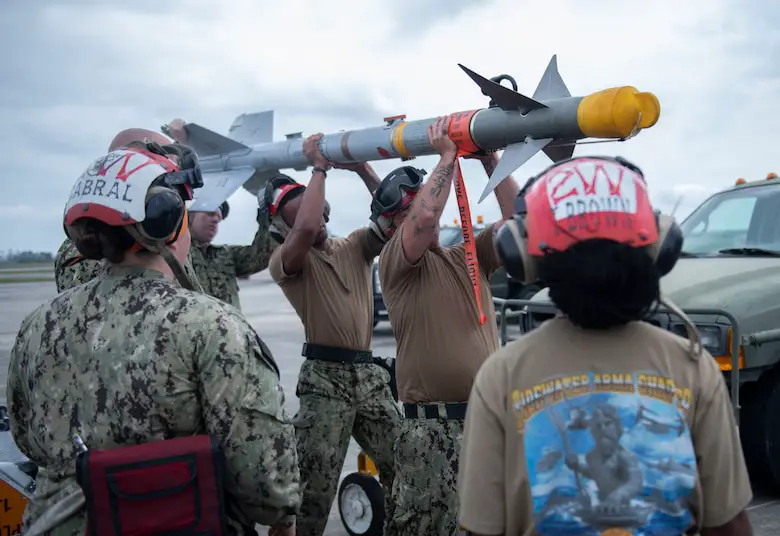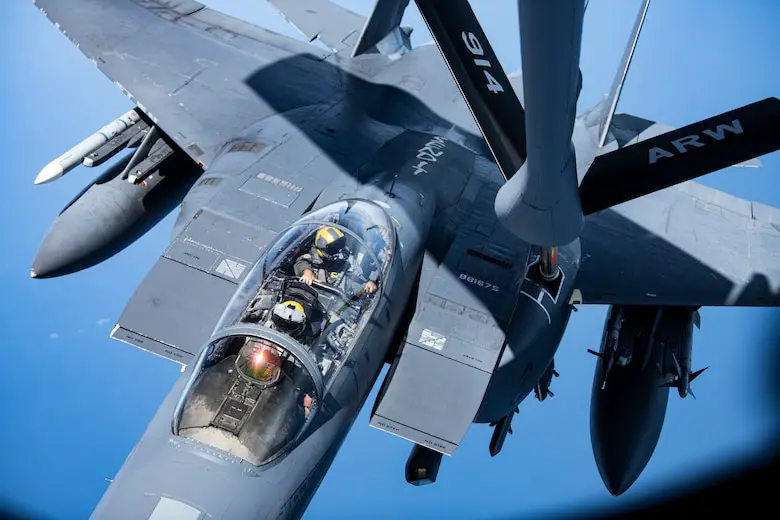The largest Checkered Flag exercise held to date wrapped up at Tyndall Air Force Base, May 21. Checkered Flag, one of the Department of Defense’s largest air-to-air exercises, is a two-week long, large-scale aerial exercise designed to integrate fourth and fifth-generation airframes to enhance mobility, deployment, and employment capabilities of aviators and maintainers. The exercise, which started May 10, focused on integration of Air Force and U.S. Navy fleets, to include fighter, tanker, electronic warfare and command and control aircraft. More than 115 aircraft and 15 joint squadrons from across the country participated in the exercise, with 71 of those aircraft and 2,000 personnel operating out of Tyndall AFB.
Additionally, the exercise leveraged the current rebuild of Tyndall AFB to afford on-station members the opportunity to learn from logistical challenges they may face downrange. Aircraft playing roles in Checkered Flag 21-2 are also involved with the 53rd Wing’s Weapons System Evaluation Program (WSEP) East 21-8, also known as Combat Archer, the Air Force’s joint program to test air-to-air and air-to-ground live-fire weapons employment for combat aviators. Holding the training simultaneously saves resources and provides additional training for the units.

The Location of Tyndall AFB provides a premier site for the exercise. With unhindered access to more than 180,000 square miles of airspace over the Gulf of Mexico, participants can take off and get into the fight quickly. While Tyndall AFB housed the majority of the exercise aircraft and personnel, there are no facilities large enough for all the players to gather for mission planning. With units operating out of Cecil Field in Jacksonville and Eglin AFB, players divided into different Locations allowing for participants to plan missions via video teleconference before meeting in the air. The added challenge further hones mission readiness because it is more representative of combat.
Over the course of 14 days, players in Checkered Flag flew a combined 882 sorties, 692 originating out of Tyndall AFB. Additionally, 54 missiles were fired under WSEP with more than 100 first-time shooters participating. The resulting 25 aerial events directly supported the Air Combat Command commander’s plan to train the Immediate Response Force – a dedicated force ready for worldwide, rapid response to unforeseen or unplanned operations. The 325th Fighter Wing hosted and cultivated a joint integration environment and training exercise.
